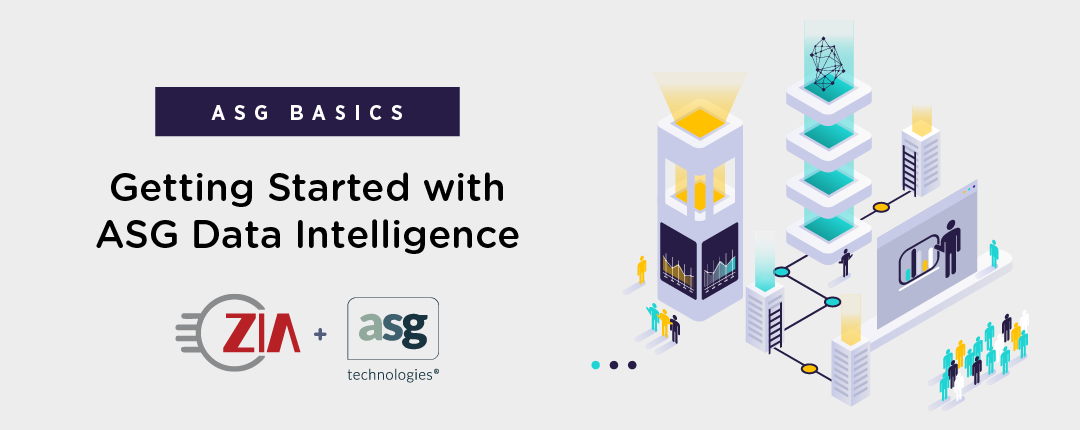ASG Data Intelligence Basics
What is data to an application developer?
Is data intelligence about managing data or creating and understanding it? As an application developer in the past, I merely thought about data as something that was persisted outside of my application through CRUD operations (Create, Read, Update, Delete). Information might be read or written to a file. Languages such as SQL and XQuery were used to query or update data in databases. Using web services, data might be passed between applications. Data might also be encoded or transformed into different formats (JSON, XML/SOAP, XML/DITA, XML/DocBook, HTML and other standards). Unit tests and integration tests were used to make sure that operations were successfully performed with various data sets and edge conditions.
For applications where large amounts of data needed to be imported, ETL (Extract, Transform and Load) tasks were used. Sometimes during those ETL processes, it was important to prove chain of custody to show that the process of moving data from one system to another did not alter the meaning of that information.
So, what does data intelligence mean?
If I change my metaphorical hat from that of an application developer to that of a business architect, I am no longer looking at how to implement a solution that reads, writes, and manages data, but instead, how to identify and solve business problems related to data between systems. Some of those common business issues include:
- Streamlining and validating quarterly and annual financial closeouts
- New account verification
- Billing and commission matching
- Check clearing and transfers
- Financial audits
- General ledger reconciliation – validating/reconciling data from multiple sources that are feeding master G/L
- Invoice matching
- Validating rollup reporting
- Power visualization tools to help provide business intelligence (e.g. Tableau integration)
Data intelligence means gaining trust in, and having a high degree of truth in, your data. It includes understanding your data (what it is), understanding its lineage (where did it come from and how has it changed along its path), making sure the data is correct (validating the data), making the data visible (e.g. integrating to visualization tools) and publishing enhanced data or reporting to data marts and allowing better integration with overall business intelligence tools.
Data intelligence in use
A more specific example of the first issue above included a customer who needed about 20 days to close their books. Using a manual process they were only spot checking about 20% of their financials. By utilizing ASG Audit & Analytics data intelligence tools, they were able to streamline that process and get 100% of their financials reconciled in seven days.
Conclusion
ASG business intelligence products and solutions can make your business more profitable, efficient, and manage regulatory risks. Moving forward, we will be providing additional blog posts with use cases and examples around the technology behind these products and solutions.
If you have any questions about your ASG implementation, contact us today.

